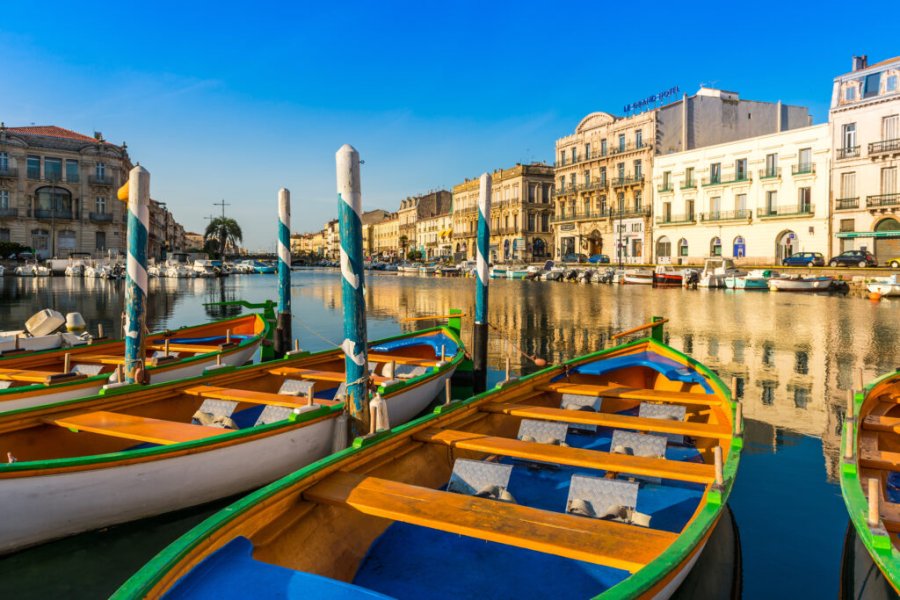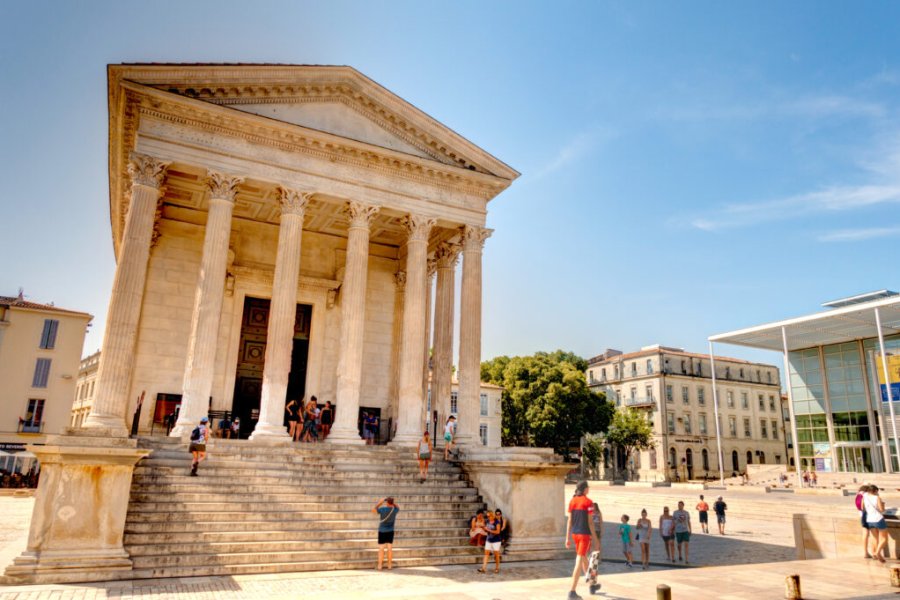Travel Guide Koumi
Find an accommodation
Advertising
At 16 km, on the national asphalt road 8 towards Orodara, lies the village of Koumi, next to the Kou River (the "mi" syllable meaning "drinking"). This village, which was a Catholic and animist village, was perched on a rock escarpment eroded, giving it a somewhat special aspect. The village association and the ONTB organise a paid and compulsory tour of the village. The cost of the visit is CFAF 1 000 per person.Normally, the visit begins with the possibility of returning inside a witness house (financed by the Jean Paul II Foundation, as well as 4 wells in the village), unfortunately the visit of the house was not possible during our passage due to dégradations-related degradation. In the traditional bobo habitat, the upper floor is reserved for man, the lower floor of the rooms of women and children and the kitchen. Access to the floor is done via an outside staircase or by a trappe in the bedroom of the first wife. It therefore regulates attendance in the husband's room. Then, the crossing of the village's neighbourhoods, by small streets, is an opportunity to discover the way of life of the village. The local guide, living in the village, answers all questions of visitors.In general, the circuit begins with the peasant quarter, extends by the blacksmiths neighbourhood and ends with the griots district (storytellers, musicians…). The traveller is already being reminded of a distinctive nature of the habitat, without revealing the usefulness to be discovered on the spot: an exit is hidden in one of the walls of the box and hidden by a row wall. Other curiosity, at the edge of the village, scattered holes as openings of caves dug in the soil serve as workshops for women who work basketry. These holes maintain moisture and freshness that allow grass stems to remain supple and pliable. The inhabitants of Koumi remained animists and deeply committed to the traditions of the community.Throughout the journey, visitors can discover the different fetishes (that of young boys, that of old women…). Every year at harvest time, villagers celebrate the small funerals (songs, dance). Then, in March or April, at the end of the dry season, there is a ceremony here with masks designed to provide the population with a good rainy season for an abundant next harvest. It is forbidden to photograph the inhabitants of this village, and the photos of the buildings must be approved by the guide. The visited part of the village is the traditional part, where the method of construction is maintained according to custom. The upper part has a few non-traditional brick houses, and there is also the Catholic cemetery.
Suggested addresses Koumi
Weather at the moment
Advertising
Organize your trip with our partners Koumi
Transportation
Book your plane tickets
Car Rental
Boat rental
Accommodation & stays
Find a hotel
Holiday rental
Find your campsite
Tailor-made trip
Immersion travel
Services / On site
Activities & visits
Find a doctor
Koumi travel inspiration
Find unique Stay Offers with our Partners
Other destinations nearby Koumi
25 km away
100 km away





